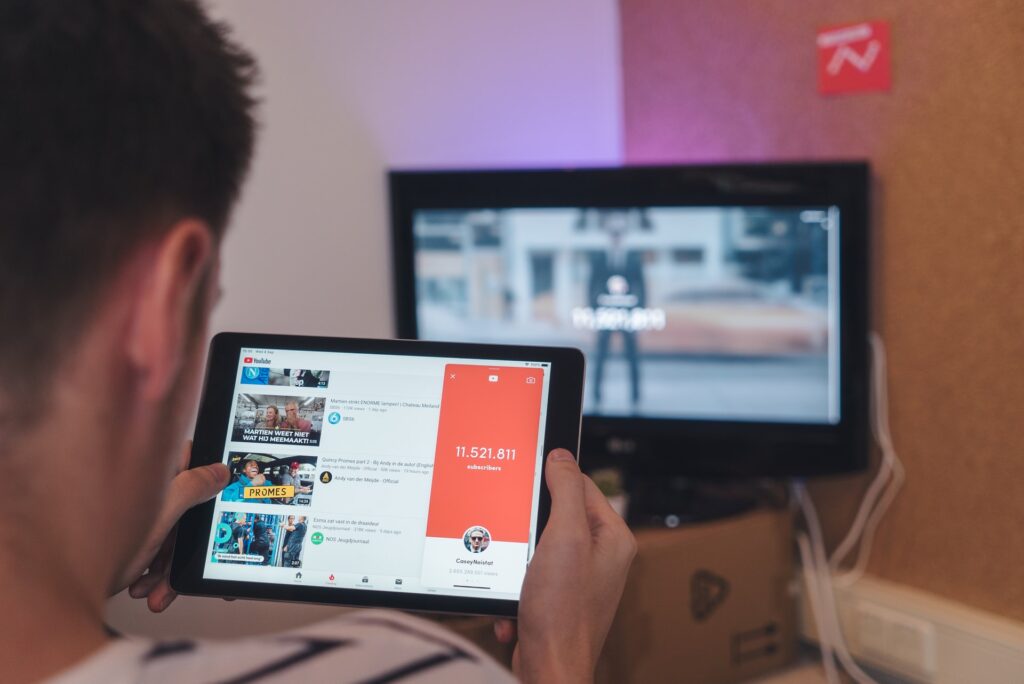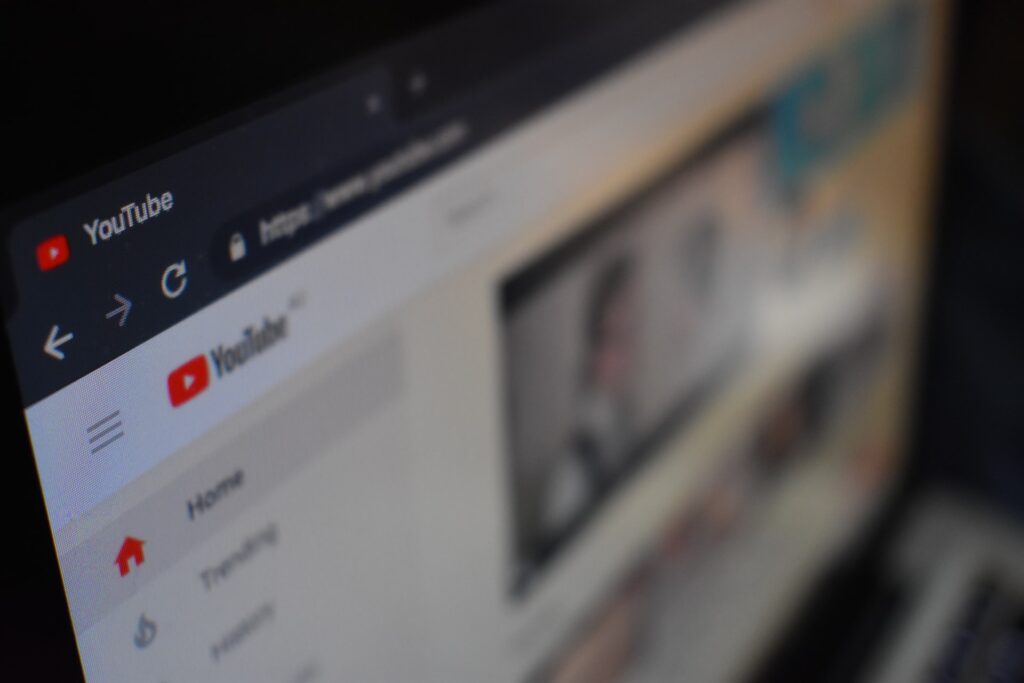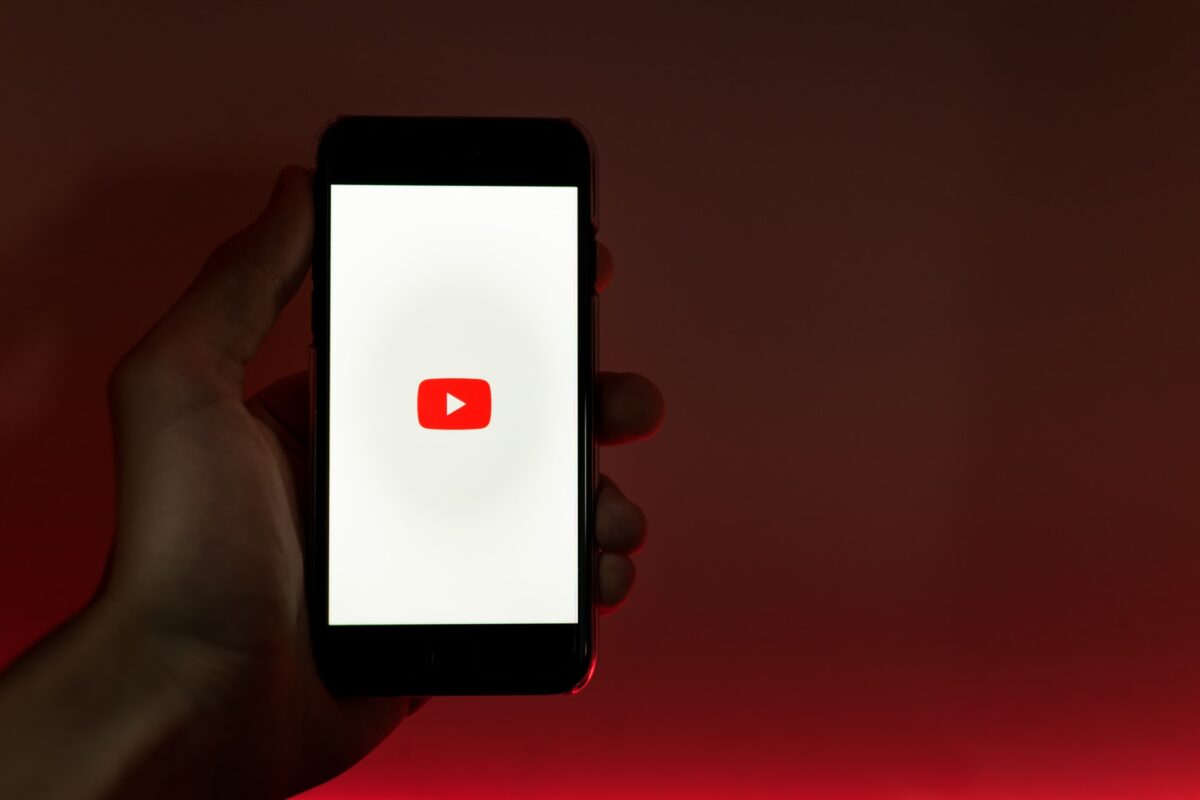The best YouTube videos are the ones with some production value. You know what I mean — I’m talking about clever transitions, good lighting, and interesting stories. The things that make you (as a content creator) feel jealous, inspired, or a little bit of both.
Successful YouTubers make their videos look simple, but we all know just how many hours went into planning, shooting, and editing each one. And of course they also think about things like B-roll and sound design, the unsung heroes of most of your favorite channels.
A lot of factors go into a great YouTube video. Chances are you’ve thought about most of them, and maybe even mastered a few of them. But something that a lot of us take for granted is the nonvisual side of the YouTube experience.
Video is a visual medium, but the truth is that audio can have an even bigger impact on how your audience responds to your video. So to help you step up your game, I’ll break down four questions that can help you choose the right background music for your YouTube videos.
“What Tone Do I Want To Create?”

Music establishes emotion, and that’s why background music plays such an important role in YouTube videos.
If you’re working on a travel video about a trip to Thailand, you could add some appropriate regional music as you introduce that country’s culture. Or you could use music with a sense of mystery, showing your outdoor adventures as you explore a remote jungle.
https://www.youtube.com/watch?v=A30IuIjQYYg
That same mentality applies to any genre of video. Your background music sets the tone, and that means your song choice is what steers the audience’s experience of the video. So when it comes time to choose a song, think about the tone you want to create and look for a song that helps you capture that sense.
“Where Do I Want Viewers To Focus?”
By default, we think of “background music” as something in the background — something less important than the visuals and so less worthy of your attention. But the reality is that no matter how slow or boring the song is, people will still notice it.
And that means it’s worth your attention after all. Your background music choice gives you another (often overlooked) tool to direct the audience’s attention, even if their eyes are on something else.
You can certainly pick ambient music to just “fill” the audio space, but that doesn’t achieve anything. Maybe you want a song where the tempo matches footsteps on screen, or even sync the music up with something in the background to make sure viewers notice it.
“What Story Do I Want To Tell?”
Choosing a tone makes viewers feel something. Telling a story makes them think about something (and it’s usually what they remember most, even more than the visuals).
https://www.youtube.com/watch?v=e7BkmF8CJpQ
In the same way that music can build emotion, it can also change someone’s impression about something. You could create a DIY video that fails miserably on the script level…but if your background music is upbeat and even playful, you are setting the audience’s expectation for humor.
That means when your combination baking/building/decorating project goes wrong, it seems like it’s meant to be for laughs and not just a mistake. You can use the music to tell the story of your experience in the project, rather than focusing the audience’s attention on the end result.
“How Do I Want People To Think Of Me?”
No, that question isn’t an exaggeration. Major companies have been using sonic branding for close to a century, and successful YouTubers have started adapting that idea too.
Your background music will help define your channel, and that means that each song choice can play a role in the overall “personality” of your channel.
Obviously there is no “right” or “wrong” answer here. As your YouTube audience grows, you might decide to rebrand your channel or even shift directions with your content. But if those things change, having something consistent in place — like a distinct sound — will help viewers stay connected, even if the visual content is different.
Bonus: Music Licensing For YouTubers

Unfortunately, we also have to talk about music licensing.
I know it’s not exactly the sexiest part of content creation. (Dealing with legal stuff never is.) But the truth is that YouTube has two heavy-duty copyright systems in place, and if you want to build a successful channel, you’ve got to be familiar with how music copyright works.
https://www.youtube.com/watch?v=6pgMtJHg9gg
If you are using music from anyone besides yourself, you have to get a license for it. You can either go the traditional route (reach out to the copyright holders and negotiate a license, cost, and royalty payments) or the YouTuber-friendly route (buy licenses for royalty free songs).
But either way, if you want to legally add background music to your YouTube videos, you’ll have to pay something. That’s the only way to make sure you don’t get a copyright strike, have your video demonetized, or go through any of the other unpleasant side effects of breaking copyright.
Your Secret Weapon On YouTube
Music goes a long way in shaping how viewers respond to visual content. That means you need to put some thought into how you choose the right background music for your YouTube videos.
The four questions here aren’t specific directions, and that’s intentional. People subscribe to your YouTube channel because it’s unique, which means you’re doing something right as a content creator.
You’ll probably spend years continuing to improve the production value of your videos, and that’s perfectly normal. Thinking about background music (and then licensing songs either as a one-time-use thing or a permanent license) is just one step on your YouTube journey.
But putting thought into your music selections will help you control how people experience your content. And in a market as competitive as YouTube, you’ll want every tool that you can get your hands on.
Drew Gula is the copywriter at Soundstripe, a company that makes YouTube Royalty Free Music and sound effects to help content creators produce better videos.














